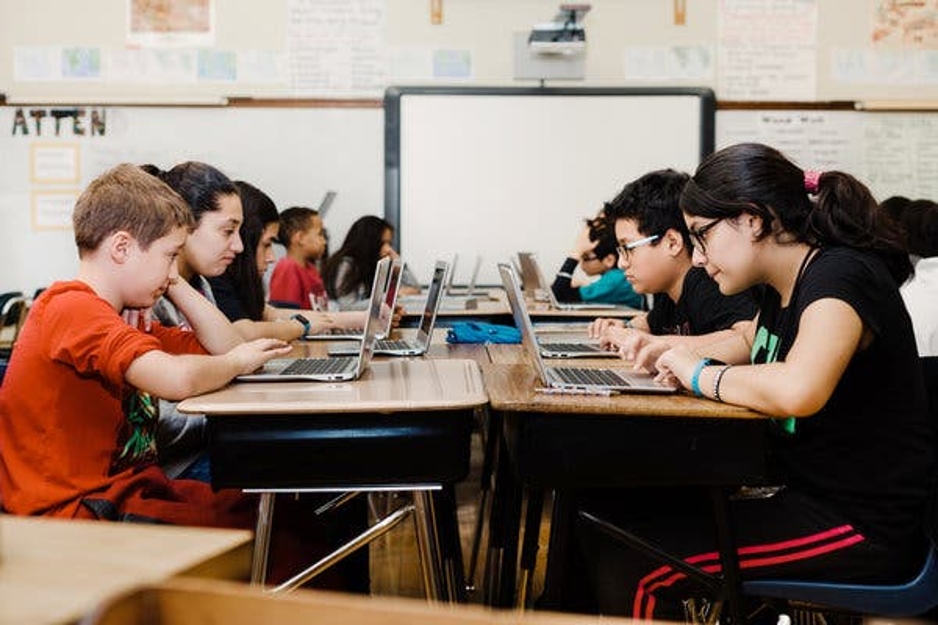
Our dependence on technology has transcended beyond our daily life functions. It is hard to imagine which aspect of our life that does not rely on the use of technology. We have seen the effect of technology in farming, medicine, electricity, housing, governance, and recently education.
Is IT the Next Solution?
Growing up as teenagers, the older generation bore witness to the technological advancements in human history. We have seen the peak in smartphone usage and how it has been incorporated into the education system and how many educational sites use them for essays for sale for students from the whole world who needed help with such problems.
WebinarCare is a site that tackles more on hosting, citing, and software solutions that can be used by professionals or individuals who engage in this kind of activity. It is not an unknown fact that the world is now experiencing a pandemic and most of the people especially the workers stay at home to avoid the possible transmission.
The e-learning market has grown tremendously over the years, with substantial investments from other sectors. Most governments are creating space in their fiscal budgets to cater for e-learning infrastructure. How does IT relate to education, and what are the potential benefits? To understand this more, here are some roles that IT plays in the current era of education.
The Need of Technology in Education Sector
Here are some reasons that show the importance of reliance on technology in the education sector.
The Accessibility to All While Accommodating the Needs of Everyone
Through the e-learning platform, it reduces the dependency on institutions or instructors. Over the recent past, we have seen the accessibility of education to part-time workers who end up graduating through the e-learning platform. Learners are free to learn at their own time and comfort. It makes it easier for students to gain access to information in any related field of their study.
Due to the reduced dependency, students from different parts of the world can also access e-Learning materials. This makes it easier to broaden the horizon of students while being exposed to the world outside their city. It also makes it possible to spread education across the globe quickly, especially in areas with a lack of infrastructure.
High Student Engagement Level
Currently, there are over 90% of students using digital learning materials at home. This forms part of online learning, which relates to customer acquisition. This involves getting students to enroll in their courses. The sole aim of the e-Learning program is to make engaging content so that the students do not opt-out of the course.
Engagement relates in the form of videos, attractive info-graphics, micro-learning, and other forms that help in the delivery of successful online courses while keeping more students enrolling for more courses. The engagement takes place in steps; however, it is quite challenging to replace the traditional way of learning.
Increase in Knowledge Retention
Recent research has shown that people retain only half of the information presented. After the passing of 24 hours, research further shows that people forget 70% of what they have learned. After seven days, the number increases further to 90%. Technology plays a vital role in reducing this scenario. The aim of e-Learning is to increase the knowledge retention level to 25% and 60%.
According to essayservice.com, This is based on the fact that visual information is captured quickly by the brain and stored for longer. Through the use of technology in education, mobile learning, gamification, and VR based learning, it leads to an increase in student engagement while helping with knowledge retention. Through education apps, students can learn how to perfect their learning styles.
Building Effective Communication and Collaboration
The main aspects of e-Learning are through collaboration and communication. With these communications, it can take the form of student-teacher collaboration, student-parent collaboration, and peer to peer collaboration. The communication which takes place in e-Learning can be real-time as well as overtime.
There can be interaction in the form of a variety of media such as whiteboarding, audio, video, and screen sharing. Teachers can also be involved in the process of creating an online environment. With the environment, students, for example, can interact with an essay helper to make their learning more engaging.
Improvement of Assessment Process and Tracking Progress
The progress of learners through the e-Learning system can be improved over time. This can let educators know how well they are improving, thus providing valuable feedback in the process. Teachers and learners can set their goals and work towards achieving them. There can be useful measures that can be laid towards visualizing trends for student data.
Final Thoughts
In conclusion, the e-Learning market has a lot of potential for the future. There is still some untapped potential that can revolutionize how we perceive education. We cannot underestimate the power linked with technology with our daily lives. Also, IT provides a more fun and engaging way to learn for students.
You may also like:- WallStreet Pepe: The Future of Meme-Driven DeFi with $WEPE Token
- Get Stunning Nails with Gel Nail Stickers from Lehmani
- A Complete Guide to Affordable Printing for Everyday Needs
- Benefits of Setting Up Identity Verification for Web and Mobile
- Crypto Coins That Wall Street Experts Predict 25,000% Gains by 2025!
- Unleashing the Flexibility of Windows VPS Hosting
- Platform Ladders in Warehouse Automation: Integration, Benefits, and ROI Analysis
- How Green Loans Are Revolutionizing Financing for Sustainable Tech Solution
- How Annuity Plans Can Secure Your Retirement Goals
- Why Proxies Are Vital for Privacy, Security, and Accessibility








